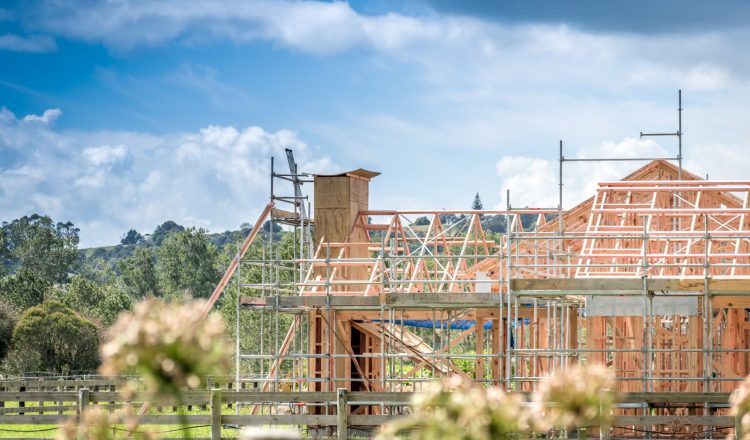房地产的外国所有权
在未经政府许可的情况下,非新西兰公民或永久居民不得购买某些类型的房产。海外投资办公室(OIO)负责处理外国人同意在新西兰进行房地产投资的申请。
那些无需在申请中提交即可购买房产的人是:
- 新西兰公民
- 新西兰永久居民
- 澳大利亚人
- 新加坡公民
所有不属于这些类别的人在购买时都会受到限制,很可能需要海外投资办公室的同意。
你需要什么才能购买?
税务局编号
在新西兰购买房产或土地所需的一件事是新西兰 IRD 号码。税务局编号是由税务局向个人和非个人客户发放的唯一号码。你可以通过政府申请其中一项。要做到这一点,你需要首先开设新西兰银行账户。离岸方还需要提供来自原籍国的税号/详细信息。
身份证明
根据新西兰政府的反洗钱法,从 2019 年 1 月 1 日起,任何出售房产的人都必须提供身份证明。在某些情况下,还可能会要求买家以符合反洗钱要求的方式确定自己的身份。
存款
您应该至少有 30% 的购买价格作为存款。如果你的购买量较少,你不太可能购买它。
PAYE 表格
如果你要从银行借款,那么你将需要一份永久工作的 PAYE 表格。如果你只是自雇人士或承包商,你不能得到一个。
为新西兰的房地产获得融资
如果涉及外国收入,银行通常难以应付。如上所述,他们只接受来自信誉良好的国家/地区信誉良好的雇主的 PAYE 收入。同样,如上所述,如果你是个体经营者或承包商,那么很难让银行同意向你借钱。
为了安排融资,非新西兰公民的外国买家需要通过非银行贷款机构获得资金。这些抵押贷款利率通常在 5.5% 至 7.5% 左右。

















































